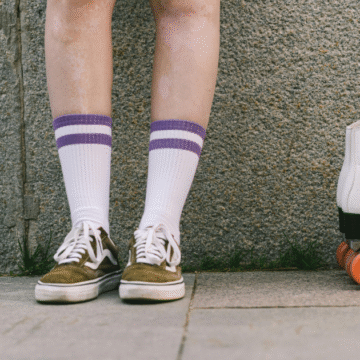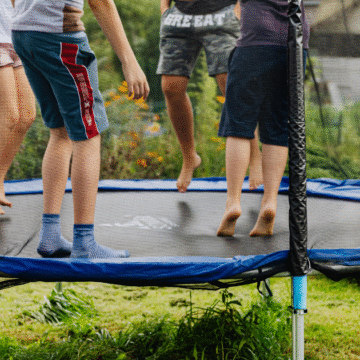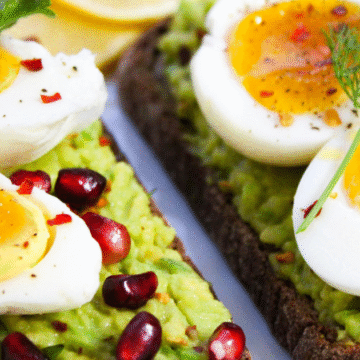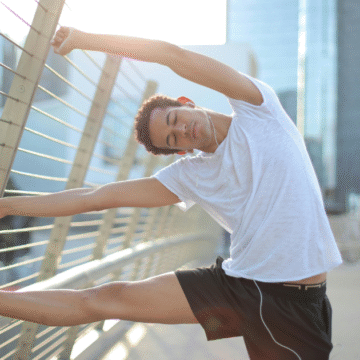There’s something deeply satisfying about spending time in the garden. The feel of the soil, the scent of blooming flowers, and the sense of accomplishment that comes with a well-maintained yard are pleasures that many gardeners cherish. However, as we age, the physical demands of gardening can become more challenging, leading to aches, pains, and even injuries. But don’t worry—gardening doesn’t have to become a painful experience. With a few adjustments and the right tools, seniors can continue to enjoy their time outdoors while minimizing the risk of injury.
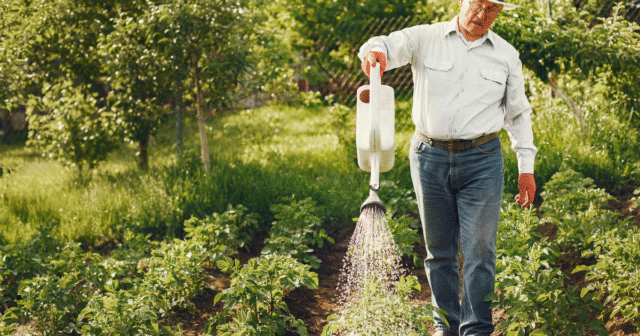
Common Garden-Related Aches and Pains
For many older gardeners, the most common issues they encounter are aches and pains, particularly in the lower back. This is often due to decreased agility and flexibility, making it harder to bend, lift, and reach for extended periods. One of the most frequent complaints I hear from my patients is the strain on their backs, especially after spending hours bent over weeding or lifting heavy pots. Unfortunately, lower back injuries are not just painful; they can take anywhere from 4 to 12 weeks to heal, interrupting not just your gardening routine but your daily life as well.
Tasks That Pose a Risk for Older Gardeners
Certain gardening tasks can be especially difficult or risky for older adults. Bending down to weed, prune, or water plants is a major cause of back pain. Prolonged periods of standing or bending over can also contribute to discomfort and fatigue. One task I frequently caution against is laying sod. It’s labour-intensive and usually requires a lot of bending, lifting, and prolonged time spent in one position. As muscles fatigue, the risk of injury increases significantly.
Tools That Make Gardening Easier
To make gardening safer and more enjoyable, I often recommend certain tools that can ease the physical demands of working outdoors. Long-handled tools, for example, can help reduce the need to bend over, which is a significant cause of back pain. A long-handled weed remover allows you to pull weeds without kneeling or bending, making it a must-have for senior gardeners. Kneeling pads are another fantastic tool; they provide cushioning for your knees and make it easier to get up and down from the ground. If kneeling or bending is particularly difficult, consider using a small gardening stool, which allows you to sit while you work.
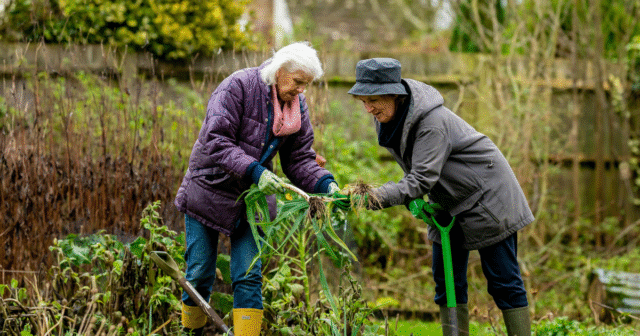
Tips for Safer Gardening
Safety in the garden starts with using the right techniques. Here are a few tips to help you avoid injury while enjoying your gardening:
- Lift with Your Legs, Not Your Back: When lifting anything heavy, such as a pot or a bag of soil, always bend at your knees and use your leg muscles to lift, rather than your back. This will help prevent lower back strain.
- Use the Right Tools: Make sure your gardening tools are comfortable and appropriately sized for you. Tools that are too large or too small can lead to unnecessary strain.
- Take Regular Breaks: Gardening is often a marathon, not a sprint. Take regular breaks to stand up, stretch, and hydrate. This will keep your muscles from getting too fatigued and help prevent injury.
- Stay Hydrated: Dehydration can lead to muscle cramps and fatigue, so be sure to drink plenty of water, especially on hot days.
- Consider Professional Help for Strenuous Tasks: For tasks that are particularly strenuous, such as laying sod or moving heavy objects, consider hiring help. There’s no shame in admitting you need assistance, and it can save you from a potential injury.
Caring for Arthritic Joints While Gardening
Arthritis is another common issue that can make gardening difficult for seniors. The stiffness and pain associated with arthritis can make gripping tools, kneeling, or even walking in the garden challenging. There are several ways to ease these symptoms while still enjoying your gardening hobby:
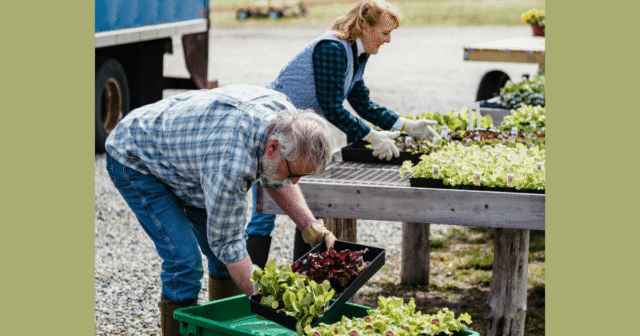
1. Use Arthritis-Friendly Tools:
There are tools specifically designed for people with arthritis, featuring ergonomic handles that are easier to grip and less taxing on the joints.
2. Consider Inserts for Gloves and Shoes:
Special inserts can be added to gloves and shoes to provide extra cushioning and support, making it easier to grip tools and walk around the garden.
3. Use a Kneeling Pad or Bench:
To reduce the strain on your knees, use a cushioned kneeling pad or a bench. This can make tasks like planting and weeding much more comfortable.
4. Pace Yourself:
Don’t try to tackle all your gardening tasks in one day. Spread them out over several days, taking breaks as needed.
Final Thoughts
Gardening is a rewarding and fulfilling activity that shouldn’t be hindered by aches, pains, or injuries. By using the right tools, practicing safe techniques, and taking the necessary precautions, you can continue to enjoy your garden well into your golden years. Remember, the goal is to garden smarter, not harder. Happy gardening!
